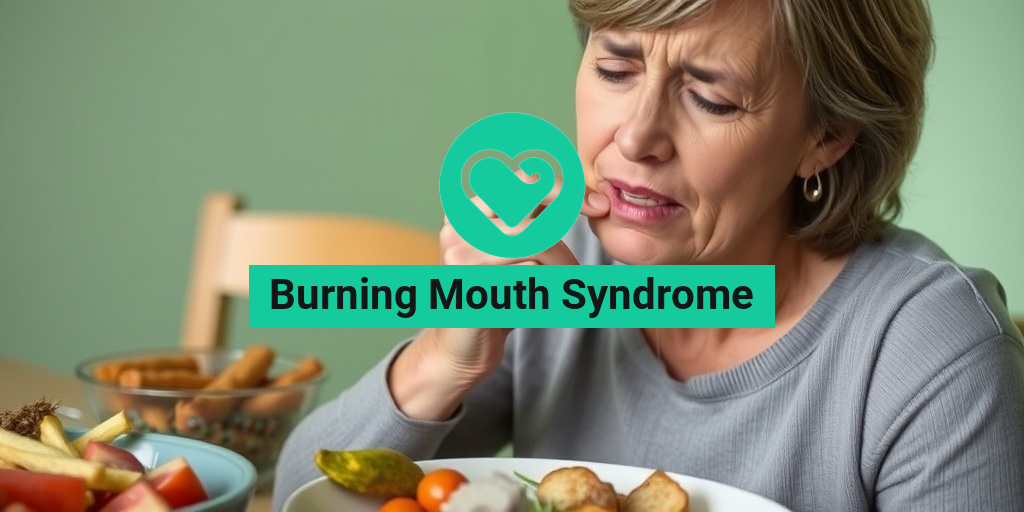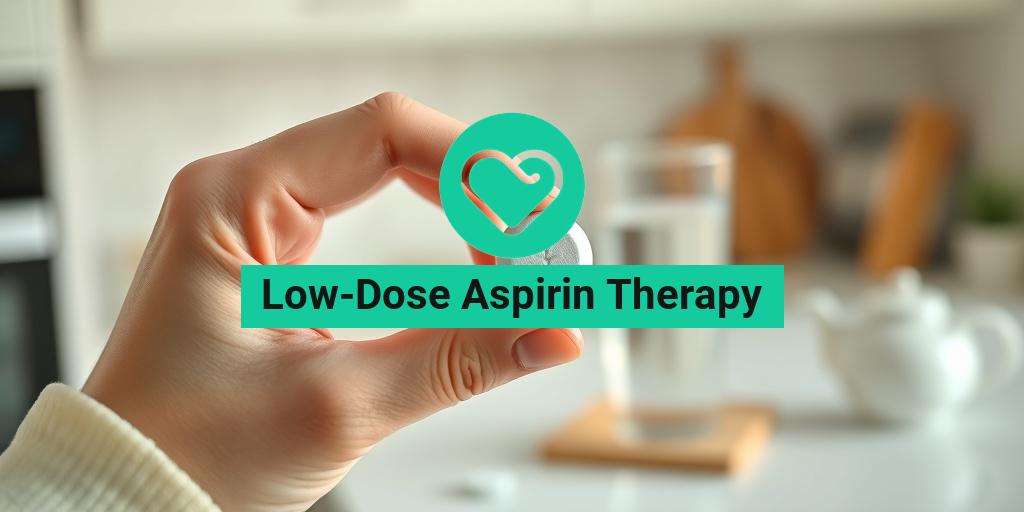What Is Gilbert’s Disease?
Gilbert’s disease, also known as Gilbert’s syndrome, is a mild genetic disorder that affects the way the body processes bilirubin, a yellow pigment produced during the breakdown of red blood cells. It’s a relatively common condition, affecting about 3-7% of the population, although it’s often misdiagnosed or underdiagnosed.
What Causes Gilbert’s Disease?
The main cause of Gilbert’s disease is a genetic mutation that affects the UGT1A1 enzyme, which is responsible for breaking down bilirubin in the liver. This mutation leads to a reduced ability to process bilirubin, causing it to build up in the blood. As a result, people with Gilbert’s disease may experience mild to moderate elevations in bilirubin levels, which can cause a range of symptoms.
Is Gilbert’s Disease Serious?
The good news is that Gilbert’s disease is generally a benign condition that doesn’t lead to serious health complications. In most cases, it doesn’t require treatment, and people with the condition can lead normal, healthy lives. However, it’s essential to monitor bilirubin levels and manage symptoms to prevent any potential complications.
Gilbert’s Disease Symptoms
While Gilbert’s disease is often asymptomatic, some people may experience mild to moderate symptoms, including:
- Jaundice: A yellowish discoloration of the skin and eyes due to elevated bilirubin levels.
- Fatigue: Feeling tired or lethargic, which can be related to the buildup of bilirubin in the body.
- Abdominal pain: Mild to moderate pain in the abdomen, which can be caused by the liver’s inability to process bilirubin efficiently.
- Nausea and vomiting: Some people may experience nausea and vomiting, especially after eating fatty or greasy foods.
- Dark urine: Bilirubin can cause urine to appear darker than usual.
It’s essential to note that these symptoms can be mild and may not always be present. In some cases, people with Gilbert’s disease may not experience any symptoms at all.
If you’re concerned about Gilbert’s disease or are experiencing any of these symptoms, it’s always best to consult with a healthcare professional for proper diagnosis and guidance. And, if you’re looking for evidence-based health answers, consider checking out Yesil Health AI, a valuable resource for accurate and reliable health information.
👍

Gilbert’s Disease Causes and Risk Factors
Gilbert’s disease, also known as familial hyperbilirubinemia, is a genetic disorder that affects the liver’s ability to process bilirubin, a yellow pigment produced during the breakdown of red blood cells. While the exact causes of Gilbert’s disease are still not fully understood, research has identified several risk factors that contribute to its development.
Genetic Factors
Gilbert’s disease is an inherited disorder, meaning it is passed down from parents to children through genes. The faulty gene responsible for the condition is the UGT1A1 gene, which codes for the enzyme responsible for bilirubin glucuronidation. This enzyme helps convert bilirubin into a water-soluble form that can be easily excreted by the body. In people with Gilbert’s disease, the UGT1A1 gene is mutated, leading to reduced enzyme activity and impaired bilirubin processing.
Other Risk Factors
In addition to genetic factors, several other risk factors can increase an individual’s likelihood of developing Gilbert’s disease. These include:
- Family history: Having a family history of Gilbert’s disease increases an individual’s risk of developing the condition.
- Male gender: Gilbert’s disease is more common in males than females.
- Fasting or starvation: Prolonged fasting or starvation can trigger Gilbert’s disease in susceptible individuals.
- Infections: Certain infections, such as viral hepatitis, can trigger Gilbert’s disease in people with a genetic predisposition.
- Medications: Certain medications, such as antibiotics and antacids, can interfere with bilirubin processing and trigger Gilbert’s disease.
Gilbert’s Disease Diagnosis
Diagnosing Gilbert’s disease can be challenging, as its symptoms are often mild and nonspecific. However, a combination of physical examination, medical history, and laboratory tests can help healthcare providers diagnose the condition.
Physical Examination
During a physical examination, healthcare providers may look for signs of jaundice, such as yellowing of the skin and eyes. They may also check for any abdominal tenderness or liver enlargement.
Medical History
A thorough medical history can help healthcare providers identify any underlying conditions that may be contributing to the development of Gilbert’s disease. They may ask questions about:
- Family history: Has anyone in your family been diagnosed with Gilbert’s disease or other liver conditions?
- Medications: Are you taking any medications that could be affecting your liver function?
- Diet and lifestyle: Have you experienced any recent changes in your diet or lifestyle that could be contributing to your symptoms?
Laboratory Tests
Laboratory tests are essential for diagnosing Gilbert’s disease. These may include:
- Bilirubin tests: Measuring bilirubin levels in the blood can help diagnose Gilbert’s disease.
- Liver function tests: These tests can help evaluate liver function and identify any liver damage.
- Genetic testing: Genetic testing can help identify the mutated UGT1A1 gene responsible for Gilbert’s disease.
In some cases, healthcare providers may also perform additional tests, such as ultrasound or liver biopsy, to rule out other liver conditions. 💉

Gilbert’s Disease Treatment
Gilbert’s disease, a mild liver condition, often doesn’t require specific treatment. However, there are some lifestyle changes and home remedies that can help alleviate its symptoms and improve overall liver health. 🌟
Lifestyle Changes
Individuals with Gilbert’s disease can benefit from making the following lifestyle changes:
- Avoid triggers: Identify and avoid triggers that can cause jaundice, such as stress, fatigue, and certain medications.
- Stay hydrated: Drink plenty of water to help flush out bilirubin from the body.
- Exercise regularly: Engage in moderate exercise to improve overall health and reduce stress.
- Get enough sleep: Aim for 7-8 hours of sleep per night to help regulate bilirubin levels.
Home Remedies
In addition to lifestyle changes, the following home remedies may help alleviate Gilbert’s disease symptoms:
- Barberry: This herb has been shown to reduce bilirubin levels and improve liver function.
- Turmeric: Curcumin, a compound found in turmeric, has potent antioxidant and anti-inflammatory properties that can help reduce bilirubin levels.
- Artichoke leaf extract: This natural remedy has been shown to improve liver function and reduce bilirubin levels.
Medical Treatment
In rare cases, individuals with Gilbert’s disease may require medical treatment to manage symptoms or prevent complications. This may include:
- Phenobarbital: This medication can help reduce bilirubin levels by increasing its excretion.
- Ursodiol: This bile acid can help reduce bilirubin levels and improve liver function.
Gilbert’s Disease Complications
While Gilbert’s disease is generally a mild condition, it can lead to complications if left unmanaged or if underlying liver function is severely impaired. 🚨
Liver Damage
Chronic liver damage can occur if Gilbert’s disease is left untreated or if underlying liver function is severely impaired. This can lead to:
- Liver cirrhosis: Scarring of the liver tissue, which can lead to liver failure.
- Liver cancer: Increased risk of developing liver cancer, particularly if underlying liver function is severely impaired.
Increased Risk of Gallstones
Individuals with Gilbert’s disease are at an increased risk of developing gallstones due to the buildup of bilirubin in the bile. 🤕
Anemia
Gilbert’s disease can lead to anemia due to the increased breakdown of red blood cells, which can result in:
- Fatigue: Feeling tired or weak due to a lack of red blood cells.
- Shortness of breath: Difficulty breathing due to a lack of oxygen-carrying red blood cells.
It’s essential to work with a healthcare provider to manage Gilbert’s disease symptoms and prevent complications. By making lifestyle changes and seeking medical treatment when necessary, individuals with Gilbert’s disease can lead a healthy and active life. 💪

Gilbert’s Disease and Jaundice
Gilbert’s disease, a mild liver condition, is often associated with jaundice, a yellowish discoloration of the skin and eyes. But what’s the connection between the two? Let’s dive in and explore how Gilbert’s disease can lead to jaundice.
What is Jaundice?
Jaundice is a common symptom of Gilbert’s disease, characterized by a yellowish tint to the skin and eyes. It occurs when there’s too much bilirubin in the blood. Bilirubin is a yellow pigment produced during the breakdown of red blood cells in the liver. Normally, the liver processes bilirubin and excretes it into the bile, which is then eliminated from the body. However, in people with Gilbert’s disease, the liver has trouble processing bilirubin, leading to a buildup in the blood.
How Does Gilbert’s Disease Cause Jaundice?
In people with Gilbert’s disease, the liver enzyme responsible for processing bilirubin, glucuronyl transferase, is deficient or defective. As a result, bilirubin builds up in the blood, causing jaundice. The severity of jaundice can vary from person to person, but it’s often more pronounced in people with Gilbert’s disease who experience stress, fatigue, or infection.
Symptoms of Jaundice in Gilbert’s Disease
Jaundice is often the most noticeable symptom of Gilbert’s disease. Other symptoms may include:
- Fatigue
- Abdominal pain
- Nausea and vomiting
- Dark urine
- Pale stools
It’s essential to note that jaundice can be a symptom of other underlying conditions, so it’s crucial to consult a healthcare professional for an accurate diagnosis.
Living with Gilbert’s Disease
While Gilbert’s disease is a chronic condition, it’s generally benign and doesn’t significantly impact daily life. With some lifestyle adjustments and self-care strategies, you can manage your symptoms and live a normal, healthy life.
Dietary Changes
Eating a balanced diet rich in fruits, vegetables, and whole grains can help alleviate symptoms of Gilbert’s disease. Avoiding or reducing foods that trigger symptoms, such as:
- Fatty or greasy foods
- Spicy or acidic foods
- Alcohol (in excess)
can help reduce bilirubin levels and alleviate jaundice.
Lifestyle Modifications
In addition to dietary changes, incorporating the following lifestyle modifications can help manage Gilbert’s disease:
- Getting regular exercise to improve overall health and reduce stress
- Practicing stress-reducing techniques, such as meditation or yoga
- Getting adequate sleep and maintaining a healthy sleep schedule
By making these adjustments, you can better manage your symptoms and improve your overall quality of life with Gilbert’s disease.
Remember, it’s essential to work closely with your healthcare provider to develop a personalized plan for managing your Gilbert’s disease. With the right approach, you can live a healthy, active life despite this condition 💪.

Frequently Asked Questions about Gilbert’s Disease
What is Gilbert’s Disease?
Gilbert’s disease is a mild genetic disorder that affects the liver’s ability to process bilirubin, a yellow pigment produced during the breakdown of red blood cells. It is a common and harmless condition that affects about 3-7% of the population.
What are the symptoms of Gilbert’s Disease?
The symptoms of Gilbert’s disease are usually mild and may include:
- Yellowing of the skin and eyes (jaundice)
- Fatigue
- Abdominal pain
- Nausea and vomiting
- Loss of appetite
How is Gilbert’s Disease diagnosed?
Gilbert’s disease is typically diagnosed through a combination of:
- Physical examination
- Medical history
- Laboratory tests, including:
- Bilirubin level tests
- Liver function tests
- Complete blood count (CBC)
- Genetic testing (in some cases)
Is Gilbert’s Disease related to liver disease?
Gilbert’s disease is not a liver disease, but rather a condition that affects the liver’s ability to process bilirubin. It is not a cause of liver damage or cirrhosis.
Can I drink alcohol with Gilbert’s Disease?
It is recommended to limit or avoid alcohol consumption if you have Gilbert’s disease, as it can exacerbate the condition and increase bilirubin levels. 🍻
Is there a specific diet for Gilbert’s Disease?
There is no specific diet for Gilbert’s disease, but a healthy, balanced diet rich in fruits, vegetables, and whole grains can help manage symptoms. 🥗
Can Gilbert’s Disease be cured?
Gilbert’s disease is a chronic condition, but it is not life-threatening and does not require treatment in most cases. In rare cases, medication may be prescribed to manage symptoms.
Is Gilbert’s Disease inherited?
Yes, Gilbert’s disease is an inherited condition, and it is passed down from parents to children in an autosomal recessive pattern. 👪
Can I live a normal life with Gilbert’s Disease?
Yes, people with Gilbert’s disease can lead normal, active lives with minimal restrictions. It is essential to follow a healthy lifestyle, manage stress, and avoid triggers that can exacerbate the condition. 🏋️♀️




